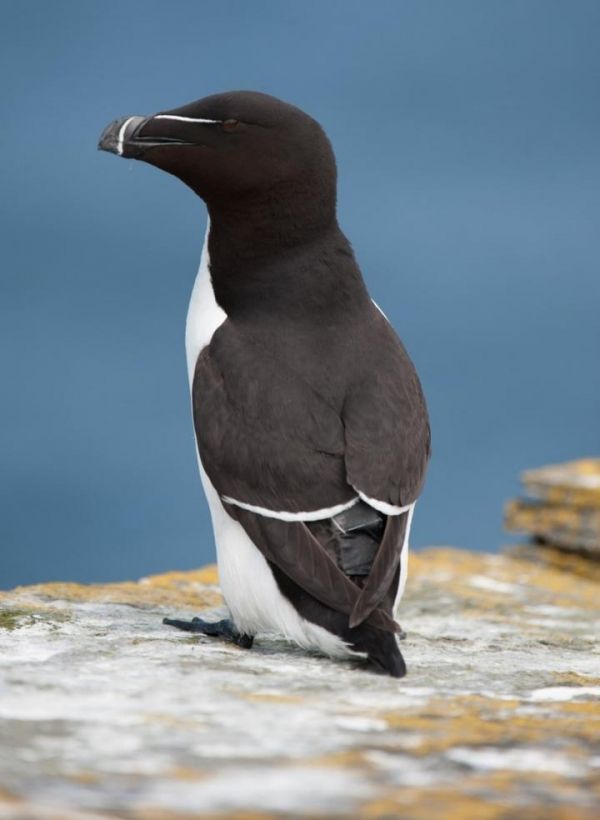When the UK’s Royal Society for the Protection of Birds (RSPB) set out to tag razorbills, their aim was to track their behaviour and movements along the coast of North Wales. The tag data revealed that, at night, these seabirds spent a lot of their time idle on the sea surface. “We saw this as an opportunity to re-use the data and test if the birds might be drifting with the tidal current,” says Matt Cooper, a Master of Oceanography graduate from Bangor University in Wales. It turns out they were, according to a new study led by Cooper that shows the potential of using seabirds to measure ocean currents. The results are published today in the European Geosciences Union journal Ocean Science.
Using seabirds to tell us about the tide could be especially useful for the marine renewable energy industry. Generating tidal energy requires detailed knowledge of current speeds. Scientists and engineers traditionally measure tides by using radar or deploying anchors and buoys with scientific instruments. However, these scouting methods are challenging and expensive. If tagged seabirds could provide tidal data over a large area, they could help identify sites that would be good sources of tidal energy.
Cooper’s supervisors at Bangor University knew of his interest in tidal energy and data collection, so they suggested he look into seabird data collected by the RSPB to see whether it would be possible to extract tidal information from it. A few years earlier, from 2011 to 2014, a RSPB team had fitted GPS tags on razorbills on Puffin Island, North Wales, to study their distribution and breeding and feeding behaviours. These black and white seabirds, similar to puffins and guillemots, only come ashore to breed. They spend most of their time at sea, foraging or resting on the ocean surface.
Read more at European Geosciences Union
Image: One of the razorbills tagged by the RSPB. (Credit: Derren Fox/RSPB)


